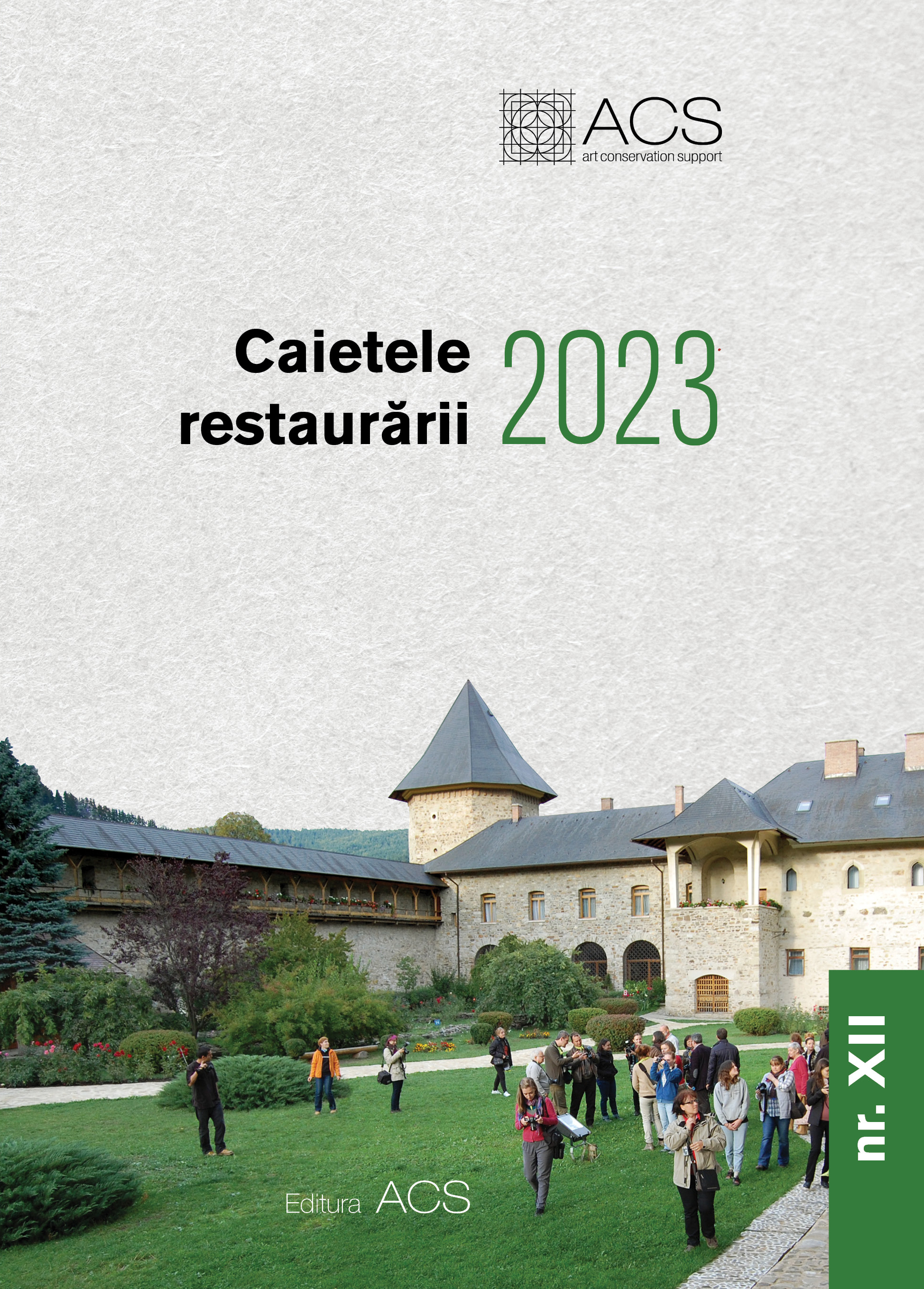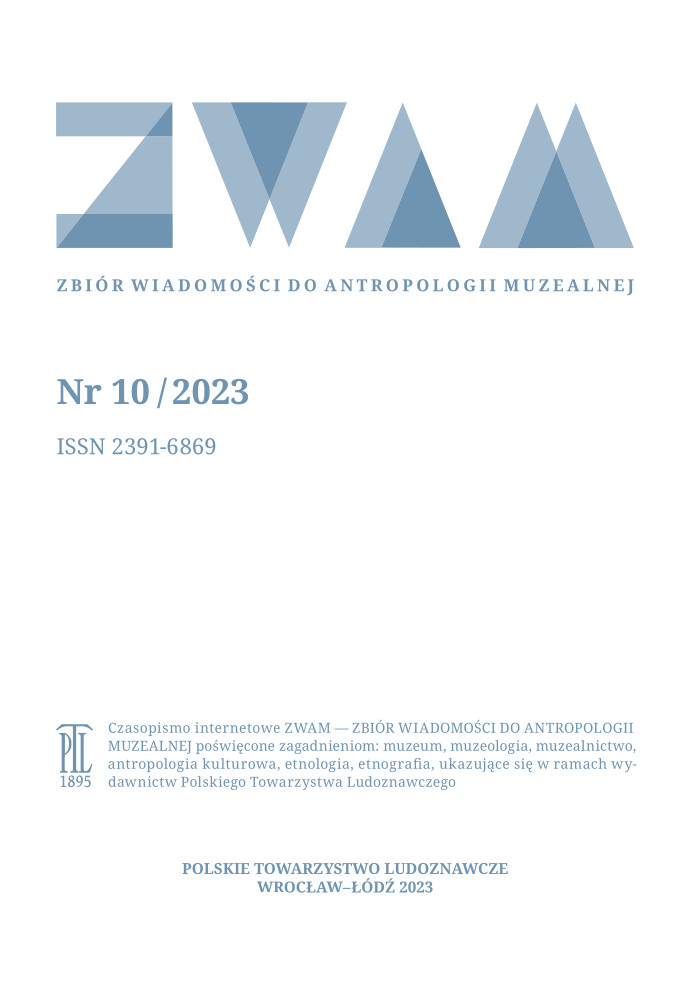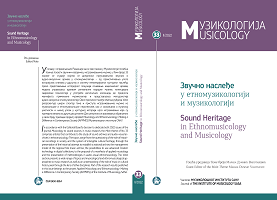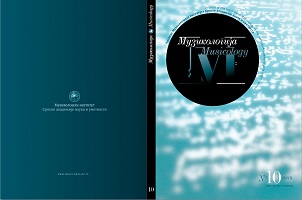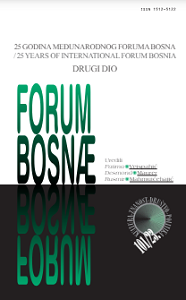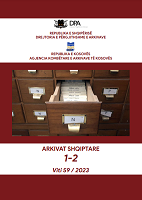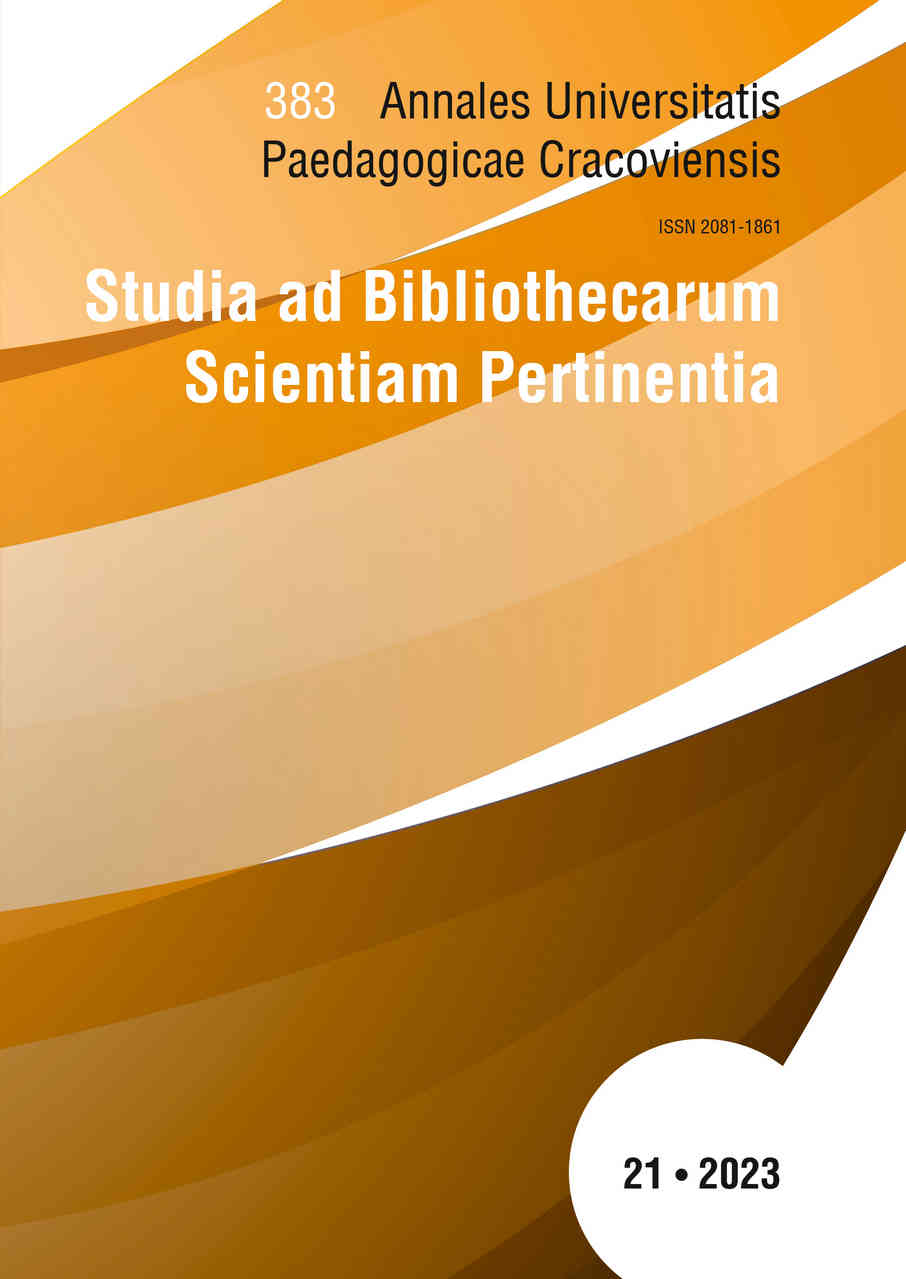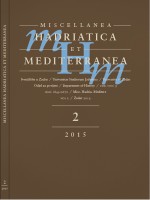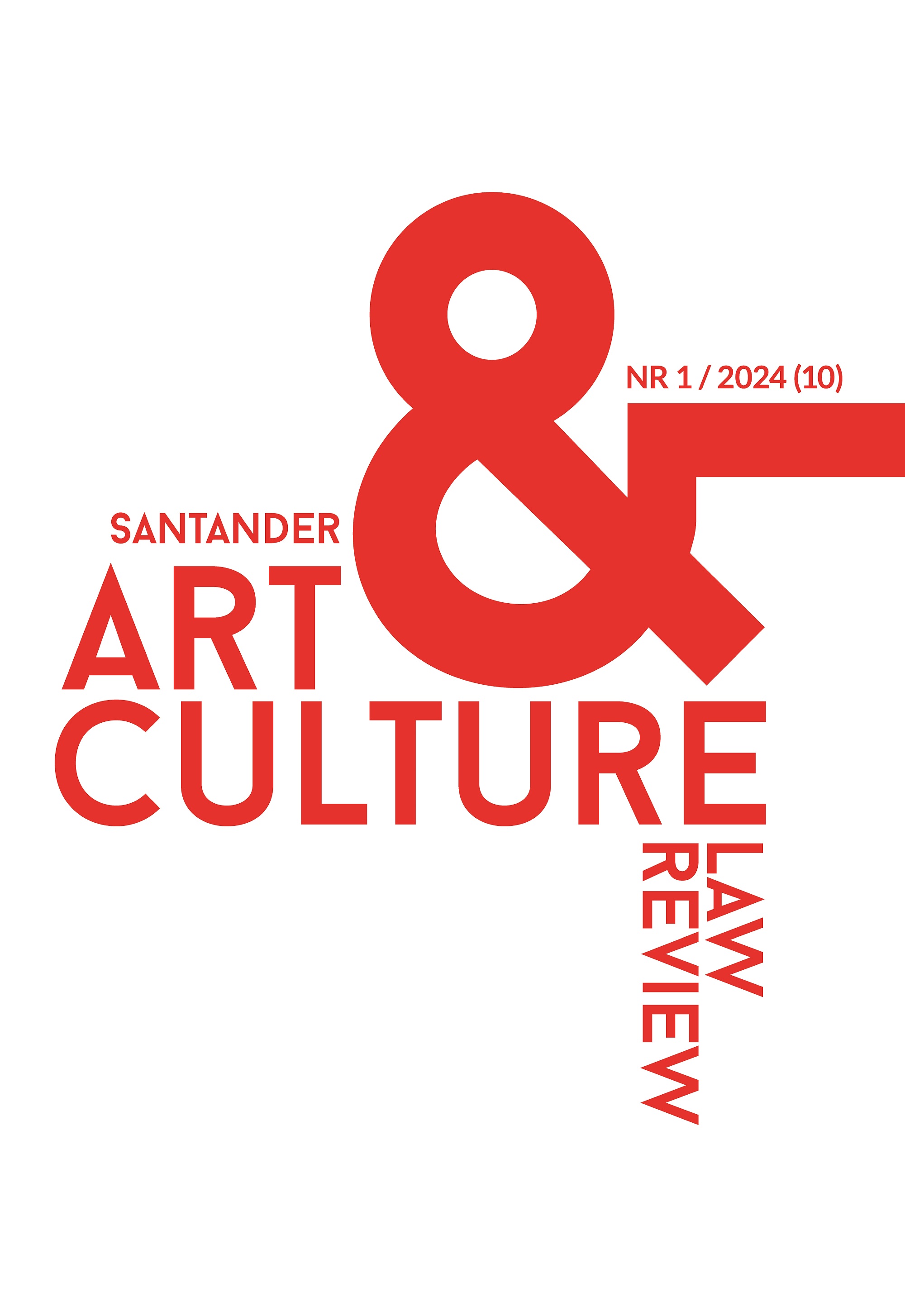Author(s): Jusuf Osmani / Language(s): Albanian
Issue: 1-2/2023
Every period, every time, every state and human community has its own culture. Culture is the driving force of development and positive changes in any society, a noble subject that is important to people and gives meaning to their lives. Culture is a complex whole that includes knowledge, beliefs, art, morals, law, customs and all the skills and habits that man acquires as a member of society. There is also the form of material culture, that archival material can also be counted as material culture. Archival material is actually part of the written cultural treasure that is also defined in all the legal provisions related to archives. Archival material as part of the cultural treasure is protected by UNESCO conventions. Even the universal declaration of the ICA (International Council of Archives) has emphasized and confirmed the role of archives and archival material in contemporary society. This proves that archival material as a cultural treasure is more important for society and how it helps people in discovering the truth about themselves, their culture, background, identity, etc. Archives, as well as other cultural institutions, apart from museums and libraries, must be in the flow of time, organize public and cultural activities, to inform the public about the activities they carry out, at the same time to attract the users of archival material to the activity research and scientific research. In world terminology, the terms research and research are distinguished. The word search and research have the same roots. However, the meaning is different. When we are looking for something, we always know what we are looking for, but we don't know where it is. With research we trace for what is known to us, while with research we trace for something that is not known to us. In the cultural and educational activity, archives can acquaint pupils, students, but also citizens with the work of the archive and present some of the most important and interesting documents. In contemporary archival, there are various forms of cultural and educational activities of archives, such as: archival exhibitions, lectures, various publications, the study of the history of the homeland, cooperation with educational and cultural institutions, public information tools - television, press, radio, etc. , with tourist organizations, etc. All these increase the importance, role and function of the archive, which is increasingly emerging from the framework of the passive custodian of archival documents, and its inclusion in the contemporary flows of public, scientific, cultural, educational life, etc. . offering its values to the general public. However, today archival science is moving into the context of informational scientific disciplines, because this has been conditioned by the technical and informational development of society.
More...
